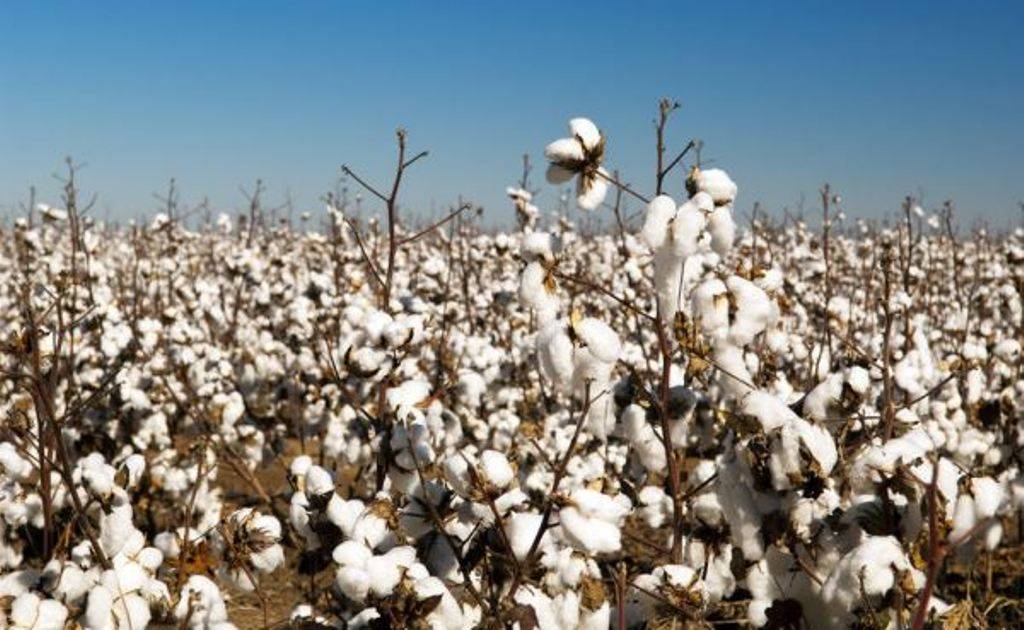
Gujarat is the largest producer of cotton in India with aprox 15 lakh hectares of land under cotton cultivation. Currently, 2 varieties of G.Hirsutum, 3 varieties of G.Arboreum and 3 of G, Herbaceum are under cultivation. Here, we bring to you the most profitable and high yielding varieties of cotton.
High yielding varieties of cotton
Gujarat Anand desi cotton 2 (GADC2 ): This variety was nationally released in 2019 and is best suited for North-West region and Bhal & coastal region of Gujarat state. These regions cover the districts of Surendranagar, Mehsana, Banaskantha, Ahmedabad, Surat & Bharuch. It has a yield potential of 1640kg/ha which is 8-10 % higher than native varieties like G.Cot21 and ADC 1 & also yields better quality of cotton. This variety has a smooth ball surface and bushy plant type. It shows moderate tolerance to diseases and pests. The length of its fibre is 24mm which can be used for the production of fabrics which was not possible with the native varieties because of their shorter fibre length.
G.Cot 21: This Herbaceum species of cotton released in the year 1998 and is popular in the Vagad region & Bhal and Coastal agro-climatic zone of Gujarat. It is a rainfed variety with average yield of 1129 kg/ha. It takes 217- 225 days for maturity. It is tolerant to biotic and abiotic stressors. The fibre length is 22mm with 30 spinning counts.
G.Cot 19: This variety is commonly grown in the Bhavnagar and Amreli districts of Gujarat. It was released in the year 1997. It is early maturing variety with a maturing period of 110 to 120 days and gives a yield of 1100 kg/ha. The fibre length is around 25 mm and the ginning percentage is 34%.
G.Cot 17: It is Herbaceum type of cotton released in 1995 with a maturing period of around 200- 230 days and a yield of 1375 kg/ha. The spinning length is 22mm and ginning percentage is 40.1% .
G.Cot 16: It is Hirusutum variety of cotton released in 1995. It is ready to harvest within 135- 140 days after sowing and giving 1600kg/ha of yield. Fibre length is 26mm and ginning percentage is 36% giving spinning count of 40.
G.Cot 15: Released in 1989 this variety gives yield of 1100 kg/ha. It has a maturity period of 120-130 days. Though this variety has short fibre length and ginning percentage, it has high fibre thickness which provides high strength to the fabric that can be made out of it.
G.Cot 13: This variety has a long maturity period of 245 – 280 days with yield potential of up to 900 kg/ha. Span length of fibre is 39.4 and fineness of around 4.3 with an average strength. Mostly cultivated in the Vagad area of Gujarat.
Sanjay: Grown in Mathio tract of Gujarat this variety was released in 1958. It is an arboretum species of cotton. It gives an average yield of 500kg/ha and maturation time of 165 days. Ginning percentage is 34 while spinning counts are 36.
A few of the popularly grown hybrids are:
G.Cot.Hy 10: It is a Hirusutum hybrid released in 1995 with a maturity period of 190- 210 days. It has a yielding potential of around 1800kg/ha and even 3800 kg/ha under high care conditions. It has fibre length of 28.9mm and ginning percentage of 34.6.
G.Cot.DH: This desi hybrid variety was launched in 1989. Its maturity period is around 180- 200 days and gives a yield of around 2100kg/ha. The fibre length is 28.4mm and ginning percentage is 34.1.
G.Cot.Hy 12: It is a Intra-Hirusutum variety released recently in 2005 and having a maturity period of 175- 190 days. It can give upto 1800kg/ha of yield and has fibre length of 26.6mm. The spinning count is around 40-50 and ginning percentage is 34.2.











